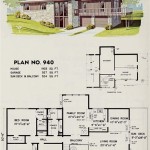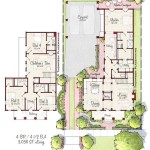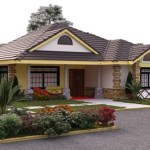Essential Aspects of English Tudor House Floor Plans
English Tudor houses are renowned for their distinctive architectural features and intricate floor plans. Understanding these essential aspects can provide valuable insights into the lifestyle and social customs of the Tudor era.
Ground Floor
The ground floor of a Tudor house typically comprised the following rooms:
- Great Hall: The central and largest room, used for dining, entertaining, and public gatherings.
- Parlour: A smaller, more private room for family use.
- Kitchen: Located in a separate wing, it was the domain of the household servants.
- Scullery: A utility room adjacent to the kitchen, used for cleaning and food preparation.
- Service Rooms: Small rooms used for storage, laundry, and other domestic tasks.
First Floor
The first floor was reserved for private quarters and typically included:
- Lord's Chamber: The master bedroom, often furnished with tapestries and fine furnishings.
- Lady's Chamber: The mistress of the house's private quarters.
- Guest Rooms: Several rooms designated for visiting relatives or important guests.
- Closets: Small, private rooms for storage and dressing.
Second Floor
The second floor, if present, was often used for:
- Servants' Quarters: Rooms where the household staff slept and lived.
- Storage: For storing food, clothing, and other household items.
Structural Features
Tudor house floor plans incorporated several structural features that distinguished them from earlier medieval buildings:
- Half-Timbering: External walls were constructed using a frame of wooden beams with infill panels made of wattle and daub.
- Jetties: The upper floors of the house projected slightly over the lower floors, creating an overhanging effect.
- Ornamental Gables: The rooflines featured decorative gables, often adorned with intricate carvings.
- Large Windows: Large, mullioned windows allowed ample natural light into the rooms.
Social Hierarchy
The floor plan of a Tudor house reflected the social hierarchy of the time. The grandest rooms were reserved for the lord and lady of the house, while the servants and lower-ranking household members occupied smaller, less comfortable quarters.
Conclusion
English Tudor house floor plans were complex and functional, reflecting the social customs and architectural innovations of the era. By understanding these essential aspects, we gain a glimpse into the daily lives and aspirations of those who inhabited these remarkable dwellings.

Tudor House Plans Old English Floor

This Is So Perfect Super Attractive Has A Library Though I Probably Won T Be Needing The Servant Tudor House Plans Vintage Cottage

English Country Style Tudor House Plans With 4 Bedrooms

Seattle Homes Tudor Style House Plan Design No 132 1908 Western Home Builder Victor W Voorhees

1926 Universal Plan Service No 589 English Tudor Style Cottage House Plans Portland Homes Oregon

English Tudor House Plans For 2 Story Home With 4 Bedrooms

Vintage House Plans 1988 Tudor Luxury

House Plan 90348 Tudor Style With 2088 Sq Ft 3 Bed 2 Bath 1

Vintage House Plans 1970s Homes Tudor Style With Pictures

Tudor Style House Plans Floor








